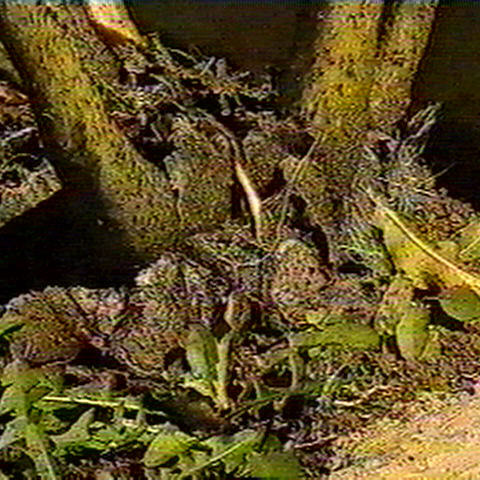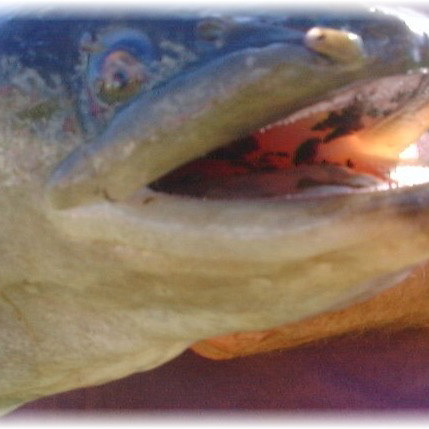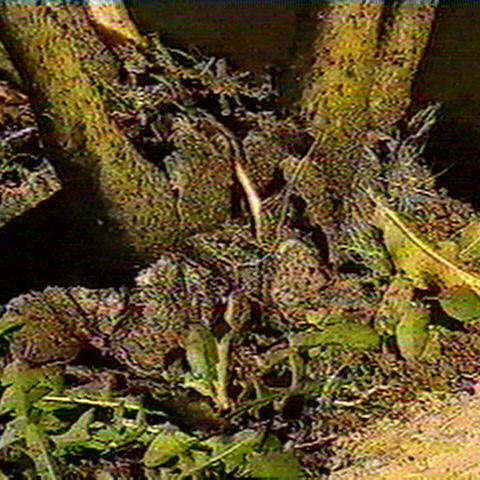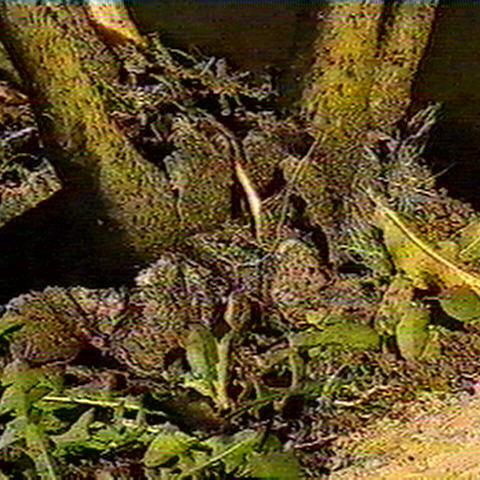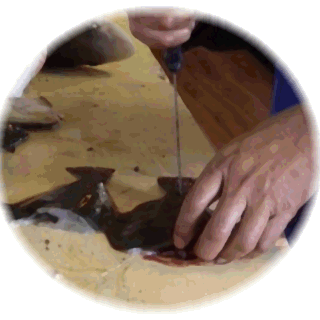WELCOME TO AOTEA HARBOUR - AOTEAROA ~ NEW ZEALAND
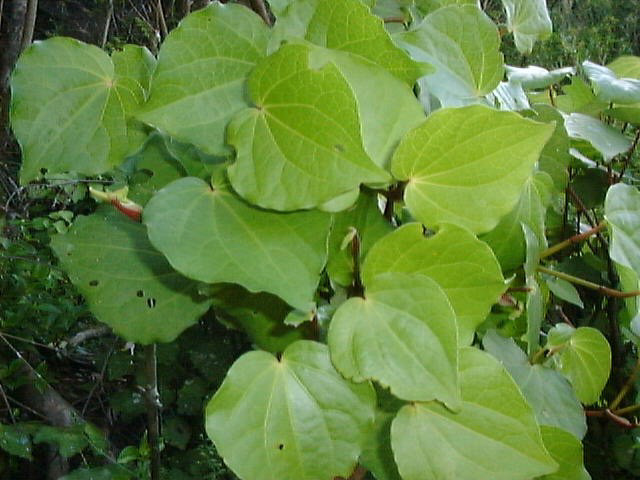
Kawakawa Leaves
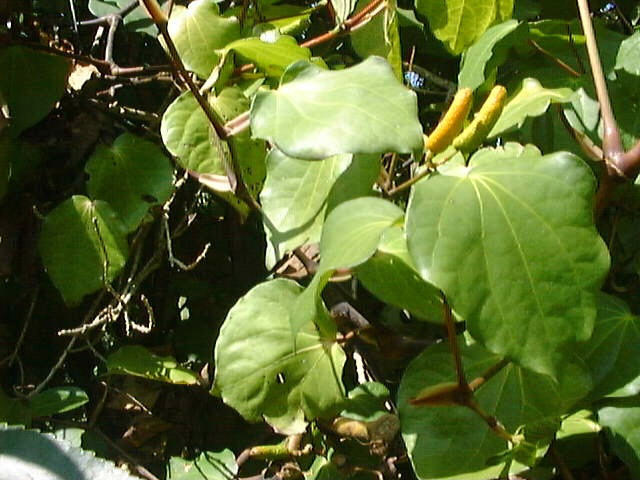
Kawakawa Leaves
Scientific Name: Macropiper excelsum
Flowers: Yellow forming into green berries.
Flowers: Yellow forming into green berries.
Kawakawa thrives in the Aotea climate and is readily available all year round. It is usually the first and easiest plant to identify when learning about Rongoa Māori as it grows in low lying areas as opposed to the dense bush. Slightly sour to the taste it will take a little getting used to at first.
RONGOA ~ Medicine
Kawakawa is both an external and internal remedy – you can bathe in it and drink it as well. If you are to drink it our kaumātua recommends ½ cup three times a day although variable depending on your needs.
Kawakawa is both an external and internal remedy – you can bathe in it and drink it as well. If you are to drink it our kaumātua recommends ½ cup three times a day although variable depending on your needs.
Chewing on the leaves helps to alleviate toothaches.
Drinking the juice purifies blood, helps alleviate digestive complaints, chest troubles, constipation, high/low blood pressure and asthma.
Leaves and bark can be applied as a decoction for wounds, ulcers, skin diseases, eye inflammation, scalds, burns.
Other Uses
Kawakawa can be used as a beverage such as tea and beer.
The leaves were used for tangis and in time of mourning (head wreaths)
Flies do not like kawakawa when it is brewing on a stovetop.
Kawakawa is used in a range of modern domestic and commercial products such as creams, balm, shampoos, soaps and drinks.
Kawakawa continues to be revered both medicinally and as an ingredient for cooking because of it's unique peppery taste.

Kaumātua John Apiti talks about uses for kawakawa
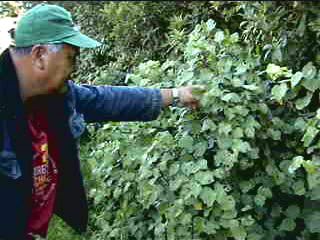
Kaumātua John Puke picking kawakawa from the Aotea bush
The following steps describe how our kaumatua prepare the kawakawa as a drink for medicinal purposes:

Choose leaves that are exposed to the sun

Sun shining on kawakawa leaf
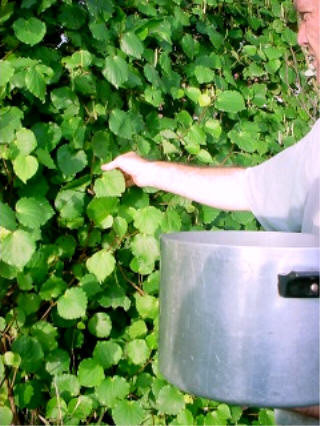
Pick the leaves
-1-
Gather the kawakawa leaves. Leaves which face the east with full sun are the best (ie pick where the sun shines on the leaves the longest). Pick as many leaves as you can. If bugs are eating the leaves it is a good indication that the plant is even better and has a higher medicinal value. These leaves are more preferable to use.
Gather the kawakawa leaves. Leaves which face the east with full sun are the best (ie pick where the sun shines on the leaves the longest). Pick as many leaves as you can. If bugs are eating the leaves it is a good indication that the plant is even better and has a higher medicinal value. These leaves are more preferable to use.
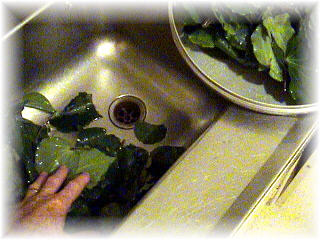

-2-
Rinse the leaves clean.
Rinse the leaves clean.
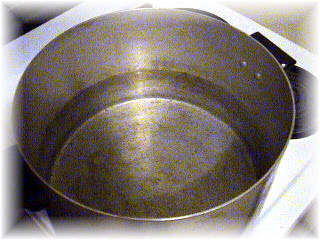
Do not overfill the pot with water

Cover the pot with the lid
-3-
Half fill your pot and bring to the boil before adding the kawakawa leaves. Once the leaves are in boil for 15 minutes with the lid on. Let the pot stand to cool.
Half fill your pot and bring to the boil before adding the kawakawa leaves. Once the leaves are in boil for 15 minutes with the lid on. Let the pot stand to cool.
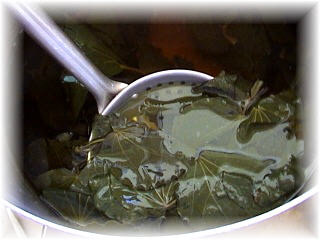
Scoop the kawakawa leaves out
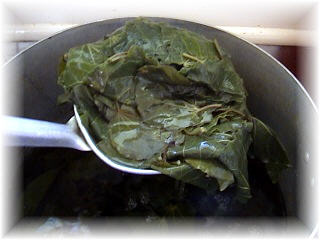
Scoop the kawakawa leaves out

Scoop the kawakawa leaves out
-4-
Remove and strain all the kawakawa leaves
Remove and strain all the kawakawa leaves
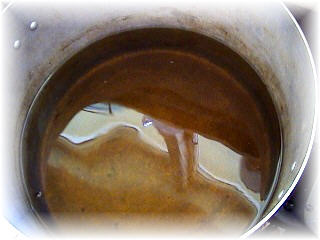
Strain the liquid into a jug for pouring
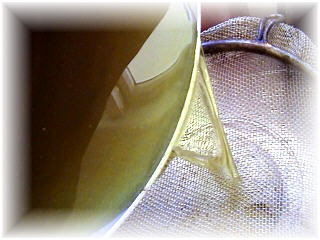
Strain the liquid into a jug for pouring.
-5-
Strain the liquid into a jug for pouring.
Strain the liquid into a jug for pouring.
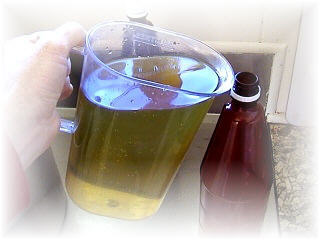

-6-
Pour the kawakawa juice into clean bottles and seal. Use as required.
Pour the kawakawa juice into clean bottles and seal. Use as required.
NZ kawakawa, ginger, lemon and honey tea
A gentle way to introduce yourself to kawakawa is to make your own freshly made kawakawa, ginger, lemon and honey tea. This delicious brew aids digestion, has vitamin c, is rich in antioxidants, anti-microbial, anti-inflammatory, analgesic (relieves pain), is a stimulant and rejuvenates - all in one cup and so easy to make. Perfect any time of the year and when kawakawa is brewing, the house smells really good!
We would like to acknowledge and thank kaumātua John Apiti and Hone Puke for their support.
Photos by Davis Apiti
Photos by Davis Apiti
Send us your pledge of support or contact us below:
Thank you!
